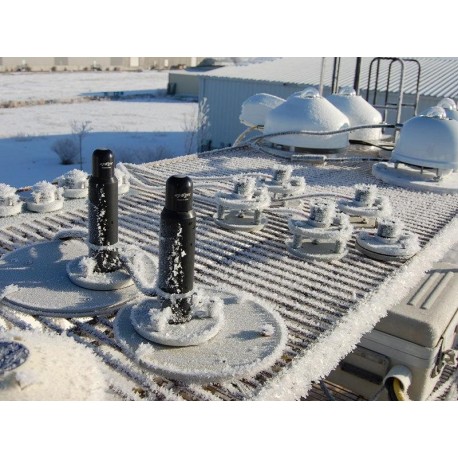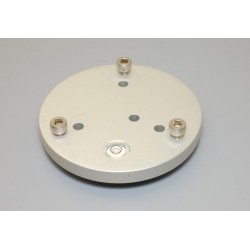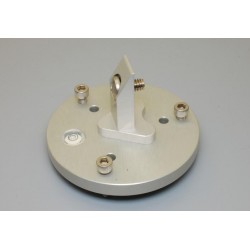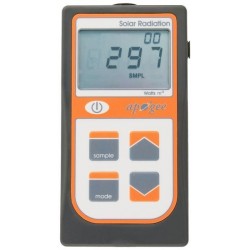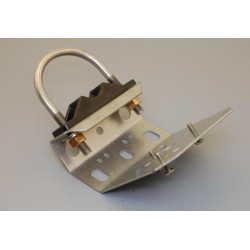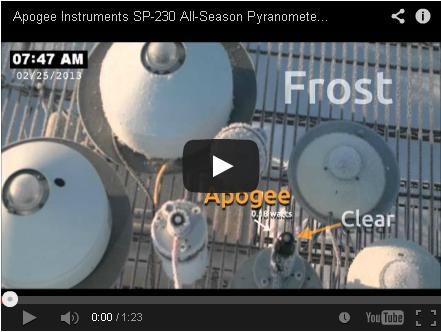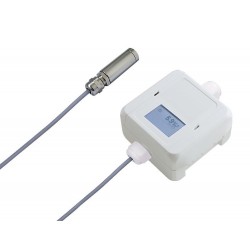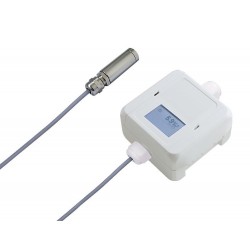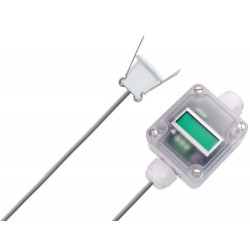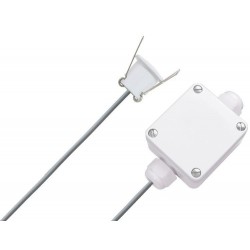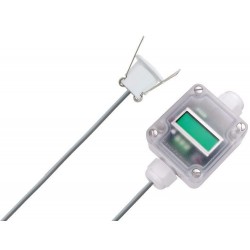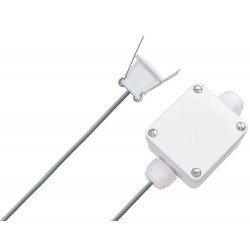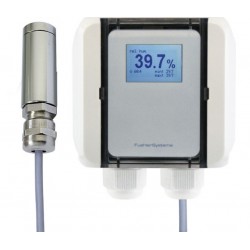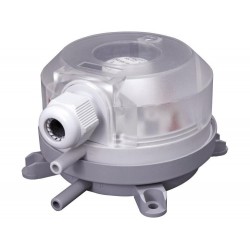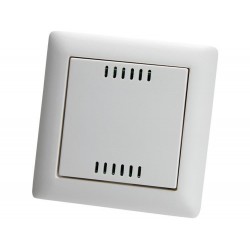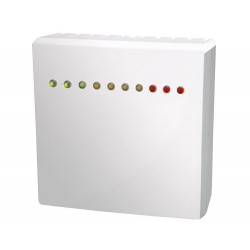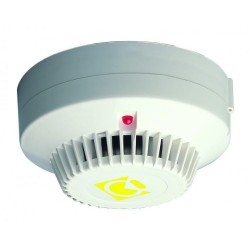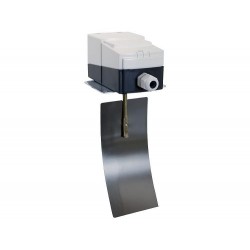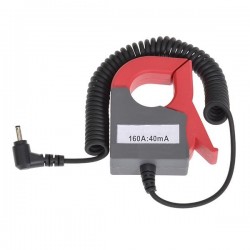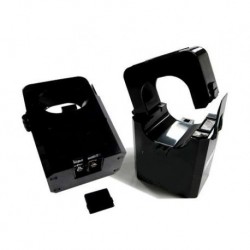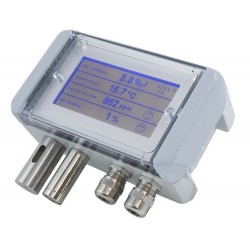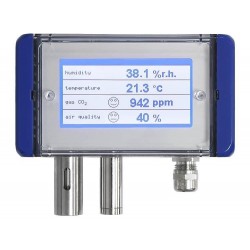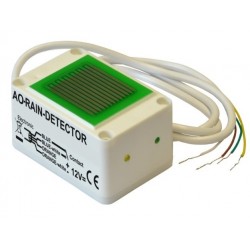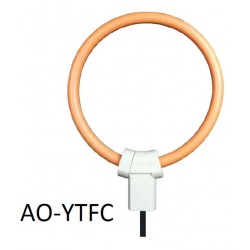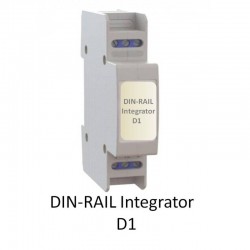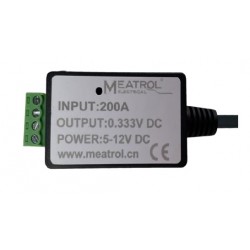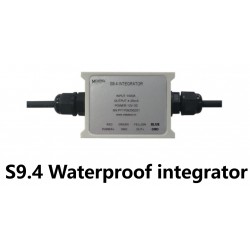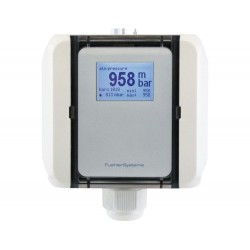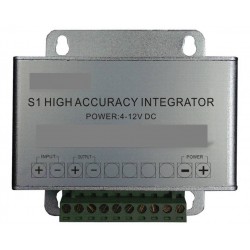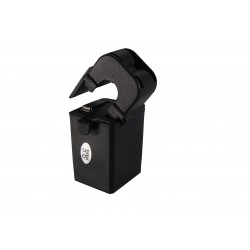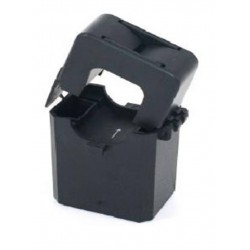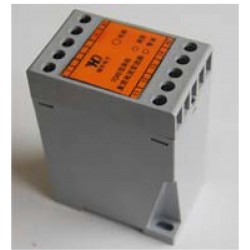No products
Prices are tax excluded
Product successfully added to your shopping cart
There are 0 items in your cart. There is 1 item in your cart.
SP-230 Sunshine Sensor (heated)
SP-230
New
BUYING IN BULK, OR JUST WANT SOME USEFUL ADVICE?
Call +34 916292106 or complete our More info about this product form
- More info about this product.
- Remove this product from my favorite's list.
- Add this product to my list of favorites.
| The Sensor measures: | Solar Light 360nm to 1120nm |
| Output Signal: | mV |
| Cable Length: | 5 meters |
| Power Supply: | 12 V |
| Sensor for use in: | Outdoor & Underwater |
The new Apogee SP-230 All-Season Pyranometer is a game-changer in the measurement of solar radiation by finally eliminating the problem of snow, frost, and dew accumulating on the sensor—a problem that has been shown to drastically affect the accuracy of many radiometers all throughout the year (Malek, 2008).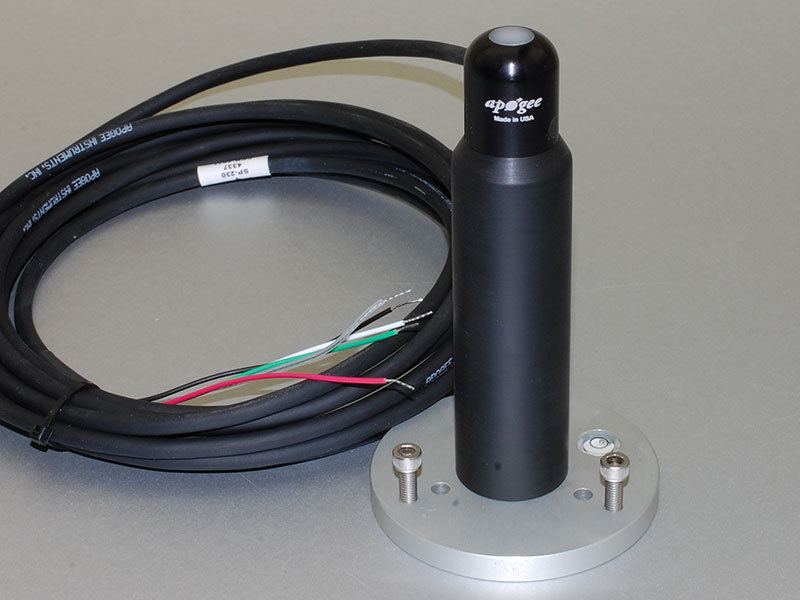
We combined a tiny internal heater (0.18 Watt), a dome-shaped head, and an elevated base to keep the SP-230 tracking our expensive heated and ventilated reference pyranometer during the most severe weather—while using 1/80th the power.
The heater can be powered by a small solar panel and battery, even on short days at high latitudes.
Malek, E., 2008. The daily and annual effects of dew, frost, and snow on anon-ventilated net radiometer. Atmospheric Research 89:243-251.
|
Figure 1: Solar radiation after a January frost in Logan, Utah with overcast conditions until 11 a.m. The two replicate Apogee SP-230 pyranometers were nearly identical to a heated and ventilated reference pyranometer. In spite of the bright sunlight after 11 a.m., the frost on two unheated glass dome thermopile and four replicate unheated castle design pyranometers did not melt until after 4 p.m. (1600 hours). |
|
Figure 2. The effect of frost and snow accumulation for three groups of pyranometers in Logan UT, expressed as a percentage of true reading. Castle design and unheated thermopile sensors averaged a 20% error for the month with a maximum error of 80%. Data for Figure 1 is from day 12. |
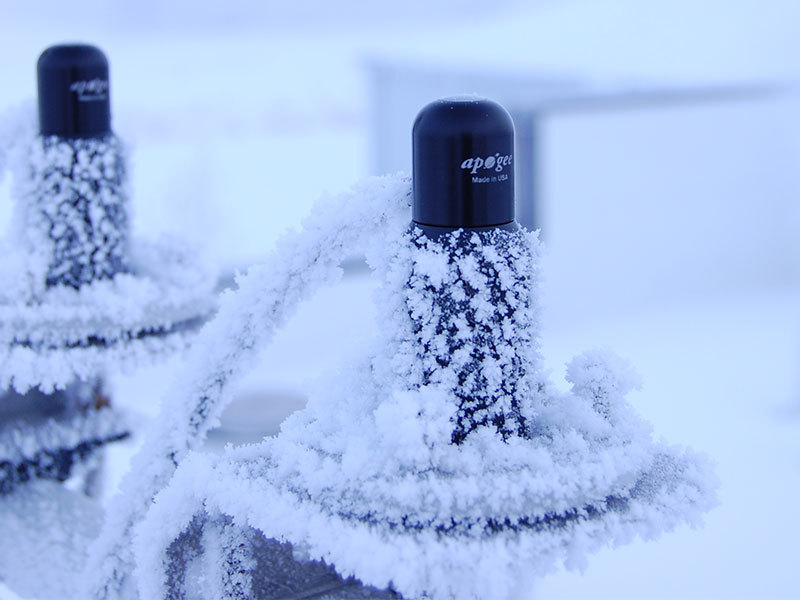 Sensitivity: 0.20 mV per W m-2
Sensitivity: 0.20 mV per W m-2

